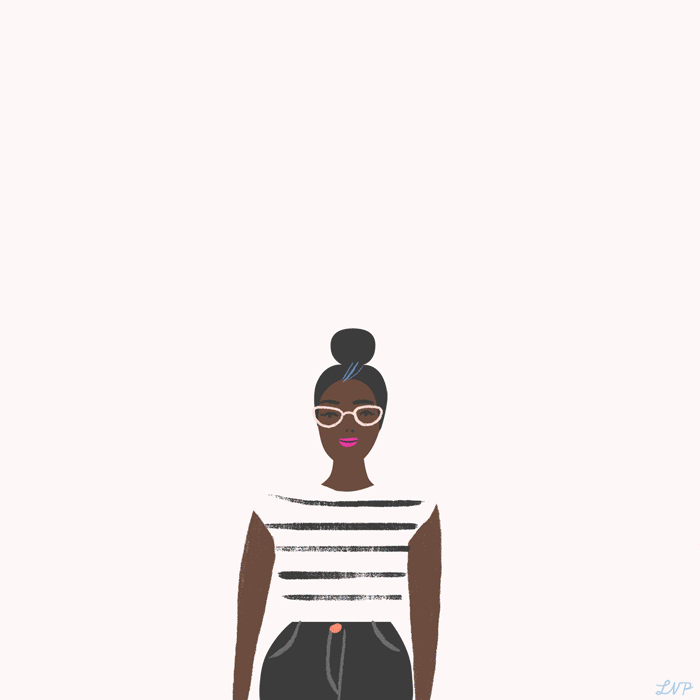DRESS CODE OF MODERN WOMEN FOLLOWING #METOO
The Me Too and Time's Up movements woke the world up to the fact that women are still oppressed today and how sexism still rules in many places of the world
by Sara Laitinen
Campbell’s comments backfired on social media, where many pointed out that, for example, the former US first lady Michelle Obama often wore sleeveless dresses.
Campbell was also criticised by many female Canadian politicians, such as MP Michalle Rempel, who has addressed issues of how women dress in the past. In February, Rempel called the Parliament to support Iranian women who were imprisoned after they removed their hijabs when protesting for women’s rights.
Events in Iran, combined with Campbell’s comments about female journalists who wear a certain type of clothing are less intelligent than their male colleagues, show that the fight to reach equality all over the world is still ongoing. There is still a lot that needs to change.

It’s a well-known fact that women are an easy target for criticism, in comparison to men. Both men and surprisingly, women, are quick to criticise other women; from commenting on their choice of clothing to the way the talk.
After the recent events that put a spotlight on women's (and men's) sexual harassment and started Me Too and Time's Up movements, it has became more apparent how unequal the world is.
Recently, Kim Campbell, the former Prime Minister of Canada, criticised female newsreaders for showing their arms. She referred to a study that links bare skin with perceived lower intelligence, saying that it will “undermine credibility and gravitas”.
When reading her comments, I was slightly shocked. How can the way someone dress be linked with intelligence and why should people care what style of clothes one wears? In the past, I’ve witnessed controversial discussions about things such as "who’s fault is it if a woman wearing a revealing outfit gets raped?" Certain sexist comments made by the other party really took me by surprise.



